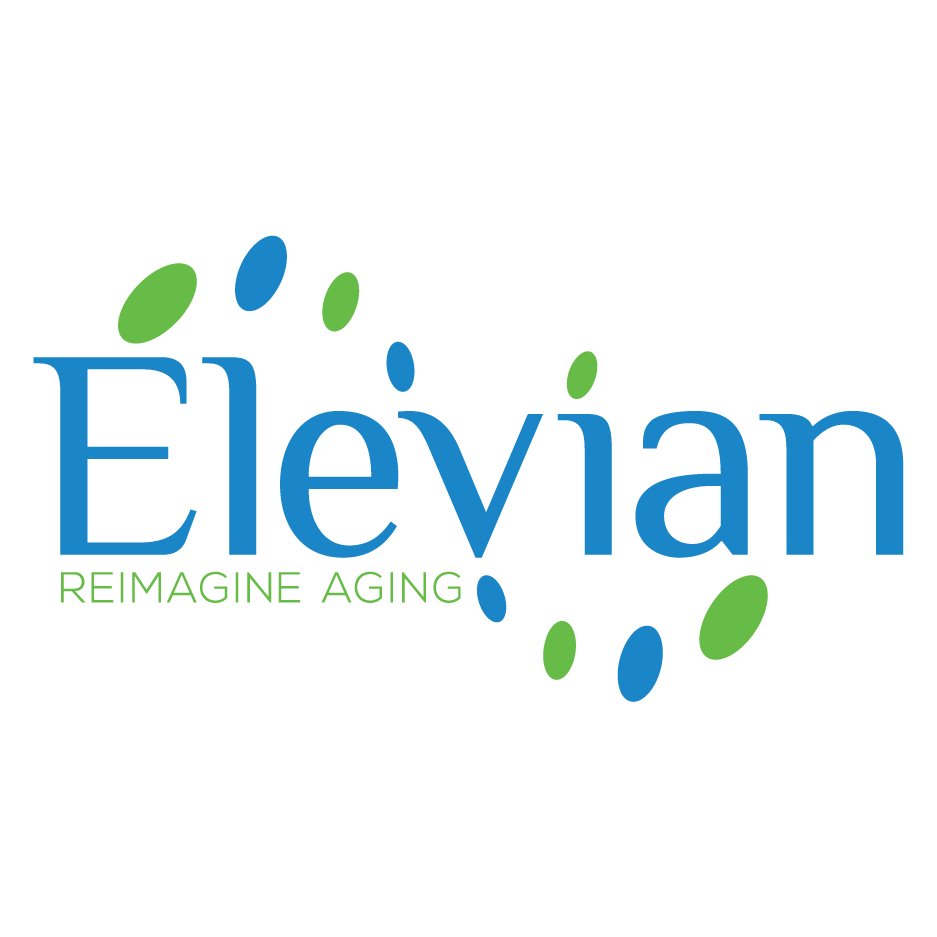Elevian is developing recombinant growth differentiation factor 11 (rGDF11) in several formulations for different indications. The scientific founders reported that administering GDF11 to aged mice reduced age-related cardiac hypertrophy, accelerated skeletal muscle repair, improved exercise capacity, enhanced brain function and cerebral blood flow, and improved metabolism. Very recently, Elevian-affiliated scientists reported that low levels of active GDF-11 predicted elevated risk of cardiovascular disease, total mortality, and possibly dementia, consistent with several previous studies.
However, the rejuvenating effects of GDF11 quickly became controversial, with several independent groups reporting that it has no such effects and even causes tissue atrophy.
As of September 2025, Elevian’s website indicates that the company now focuses on developing rGDF11 as a late-onset neuroprotectant after strokes. Their website states that GDF11 has been shown to improve motor function recovery after a stroke in animal models of stroke; this finding is consistent with one published report from an independent group, but is in tension with an in vitro stroke model. Their website states that “rGDF11 promotes neovascularization (new blood vessel formation), stimulates neurogenesis (new neuron formation), and reduces inflammation,” seemingly without regard to whether the stroke is occlusive or ischemic.
References
[1] Conboy, I. M., Conboy, M. J., Wagers, A. J., Girma, E. R., Weissman, I. L., & Rando, T. A. (2005). Rejuvenation of aged progenitor cells by exposure to a young systemic environment. Nature, 433(7027), 760.
[2] Loffredo, F. S., Steinhauser, M. L., Jay, S. M., Gannon, J., Pancoast, J. R., Yalamanchi, P., … & Miller, C. M. (2013). Growth differentiation factor 11 is a circulating factor that reverses age-related cardiac hypertrophy. Cell, 153(4), 828-839.
[3] Sinha, M., Jang, Y. C., Oh, J., Khong, D., Wu, E. Y., Manohar, R., … & Hirshman, M. F. (2014). Restoring systemic GDF11 levels reverses age-related dysfunction in mouse skeletal muscle. Science, 344(6184), 649-652.
[4] Katsimpardi, L., Litterman, N. K., Schein, P. A., Miller, C. M., Loffredo, F. S., Wojtkiewicz, G. R., … & Rubin, L. L. (2014). Vascular and neurogenic rejuvenation of the aging mouse brain by young systemic factors. Science, 344(6184), 630-634.
[5] Walker, R. G., Poggioli, T., Katsimpardi, L., Buchanan, S. M., Oh, J., Wattrus, S., … & Thompson, T. B. (2016). Biochemistry and biology of GDF11 and myostatin: similarities, differences, and questions for future investigation. Circulation research, 118(7), 1125-1142.
[6] Walker, R. G., Czepnik, M., Goebel, E. J., McCoy, J. C., Vujic, A., Cho, M., … & Bernard, D. J. (2017). Structural basis for potency differences between GDF8 and GDF11. BMC biology, 15(1), 19.
[7] Walker, R. G., McCoy, J. C., Czepnik, M., Mills, M. J., Hagg, A., Walton, K. L., … & Harrison, C. A. (2018). Molecular characterization of latent GDF8 reveals mechanisms of activation. Proceedings of the National Academy of Sciences, 115(5), E866-E875.
[8] Ozek, C., Krolewski, R. C., Buchanan, S. M., & Rubin, L. L. (2018). Growth Differentiation Factor 11 treatment leads to neuronal and vascular improvements in the hippocampus of aged mice. Scientific reports, 8(1), 17293.

